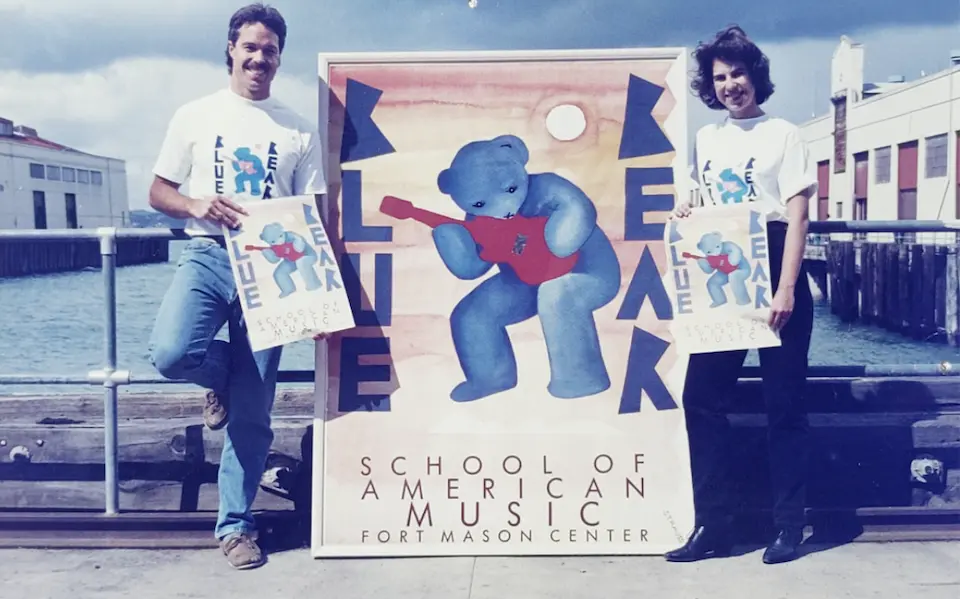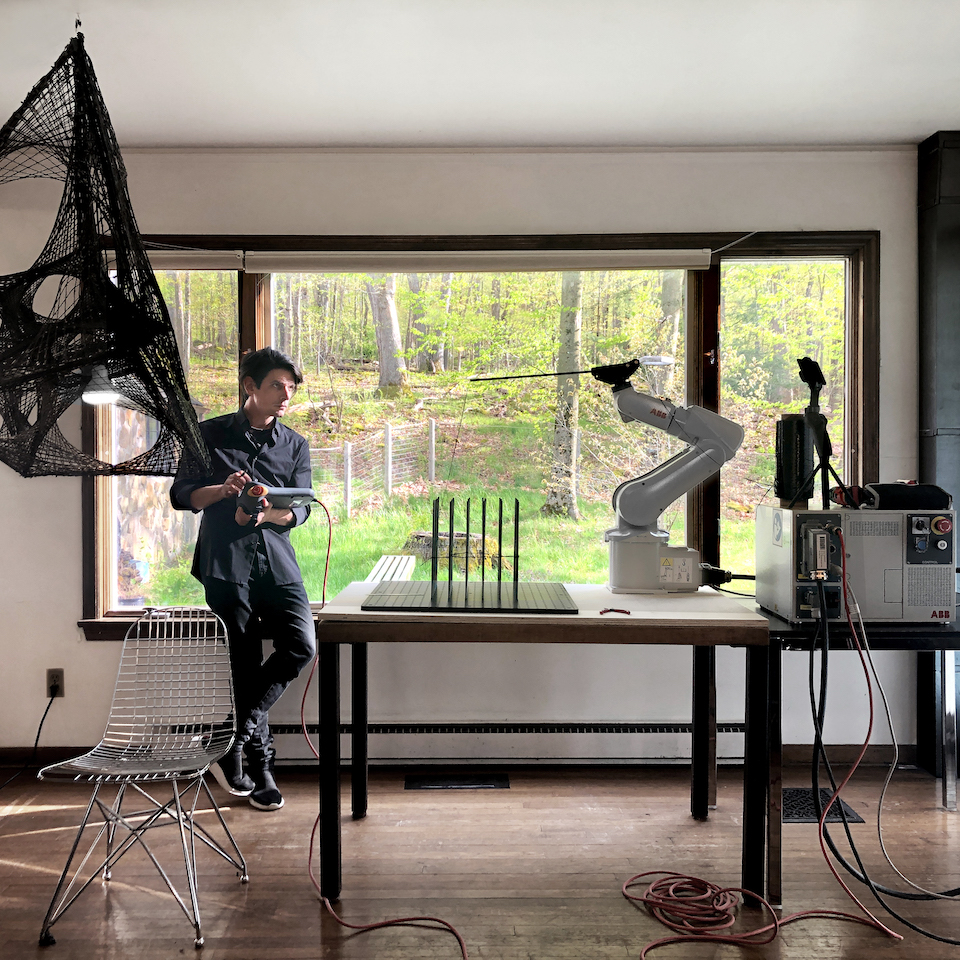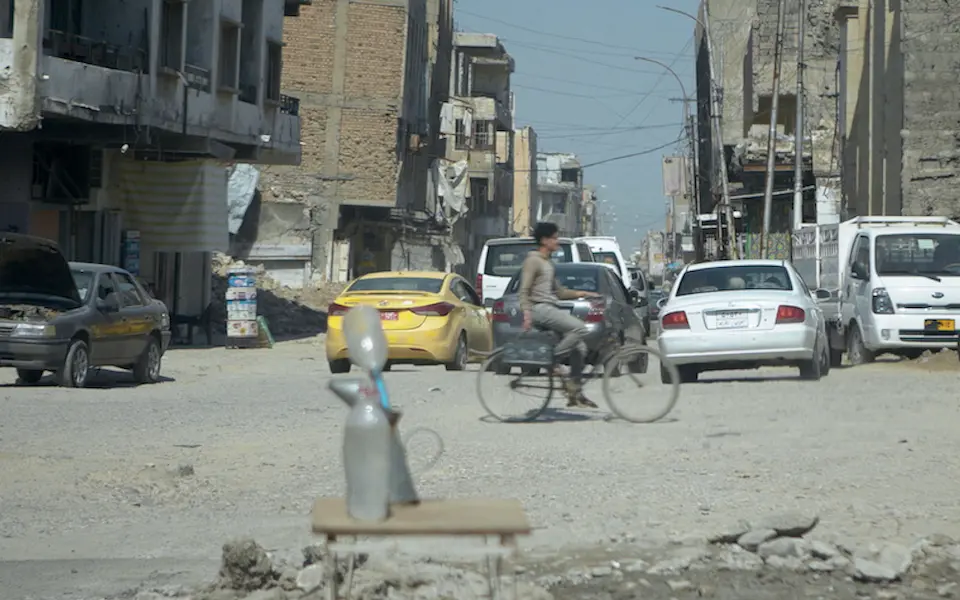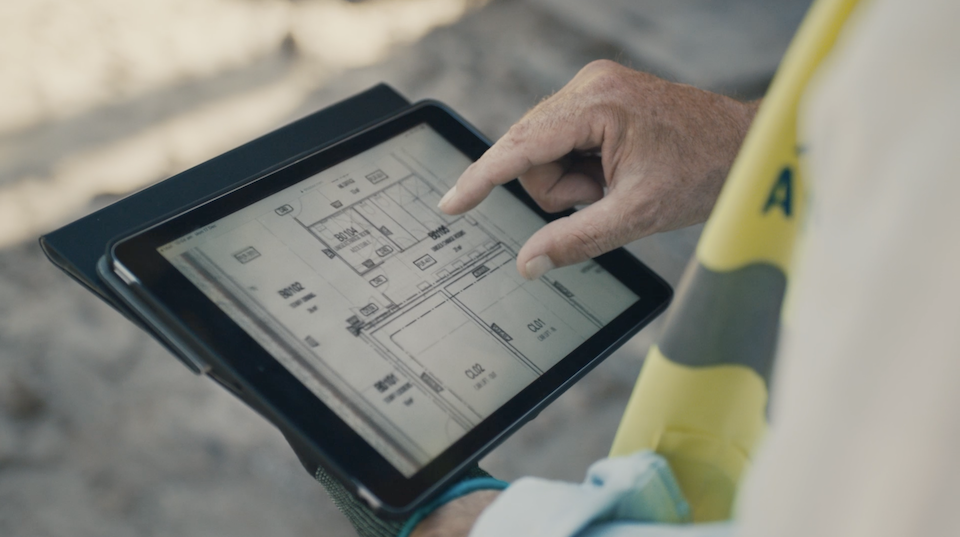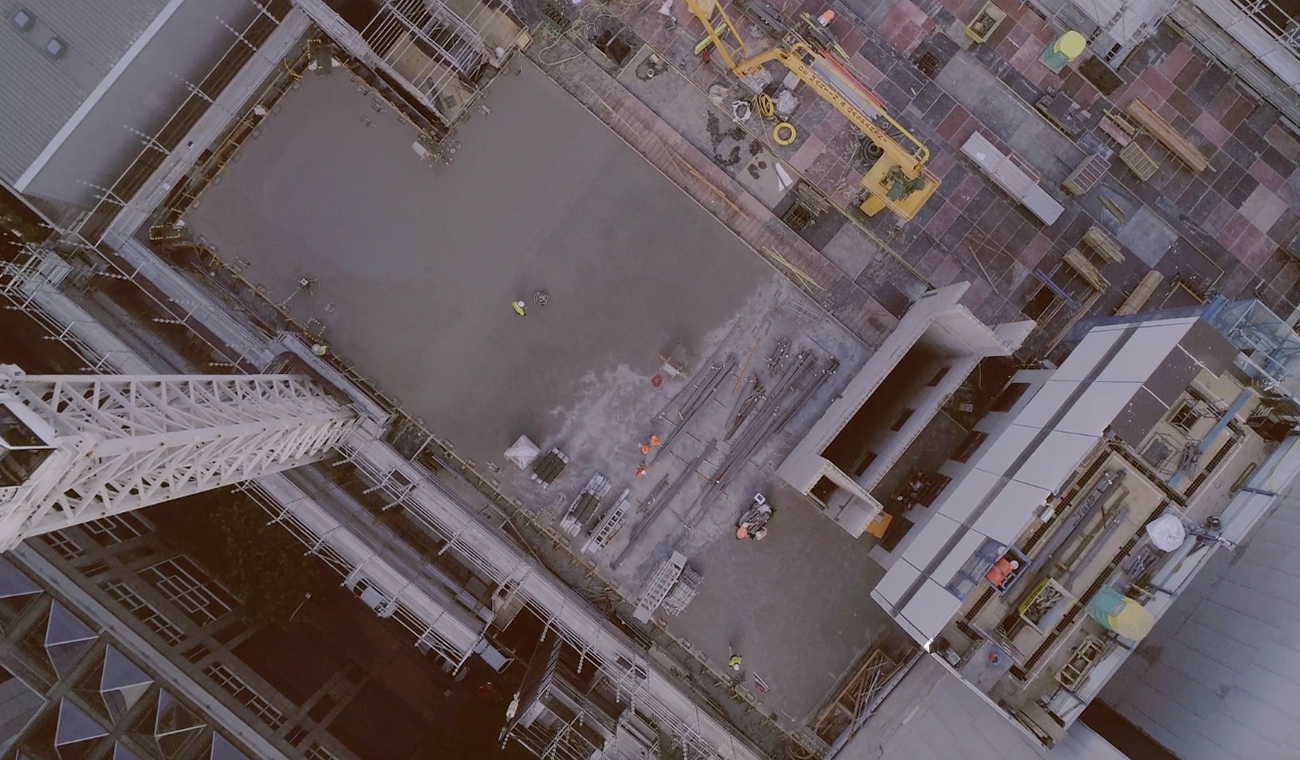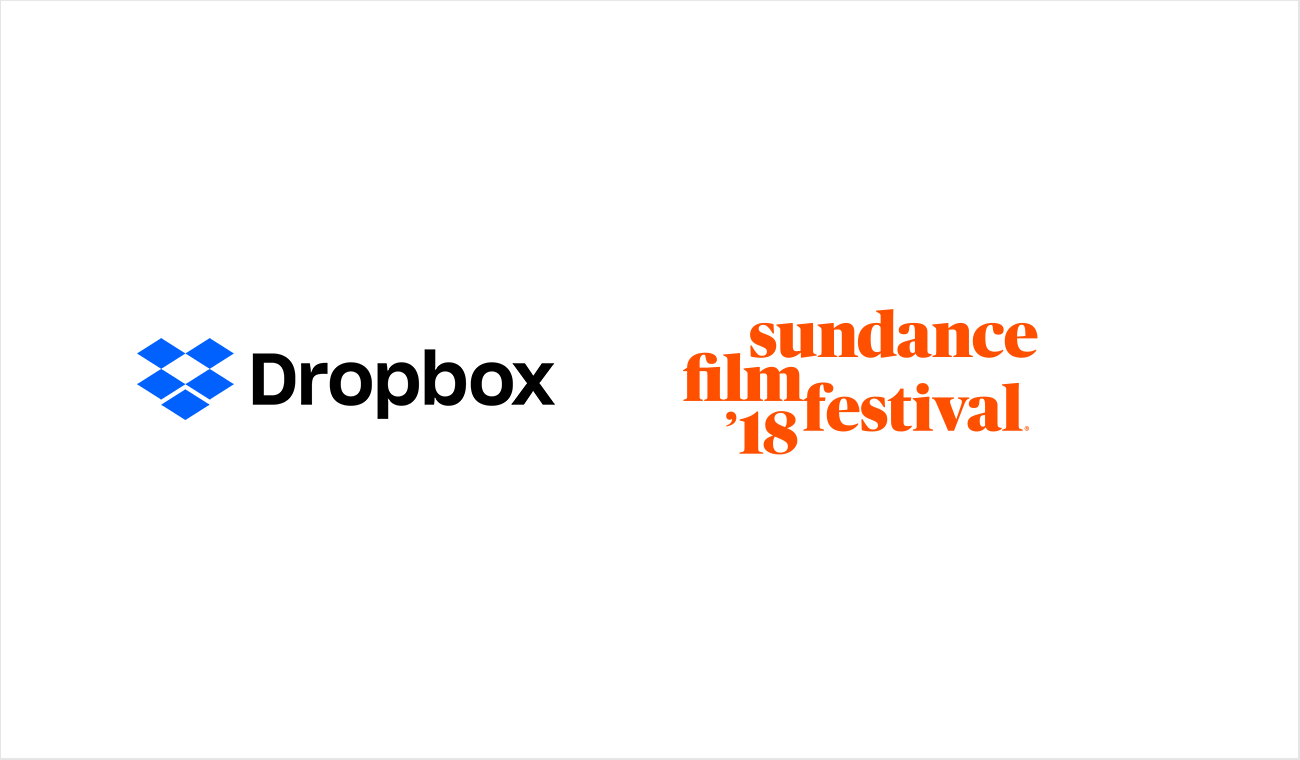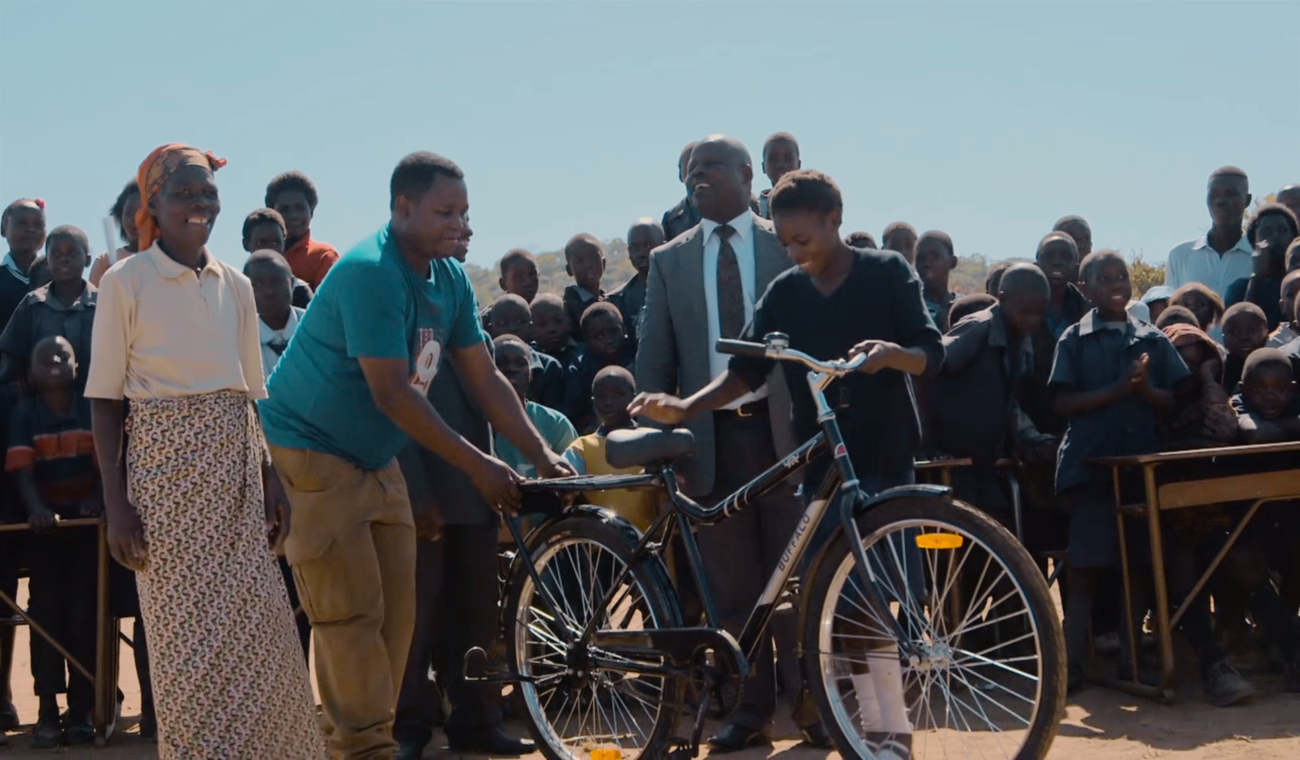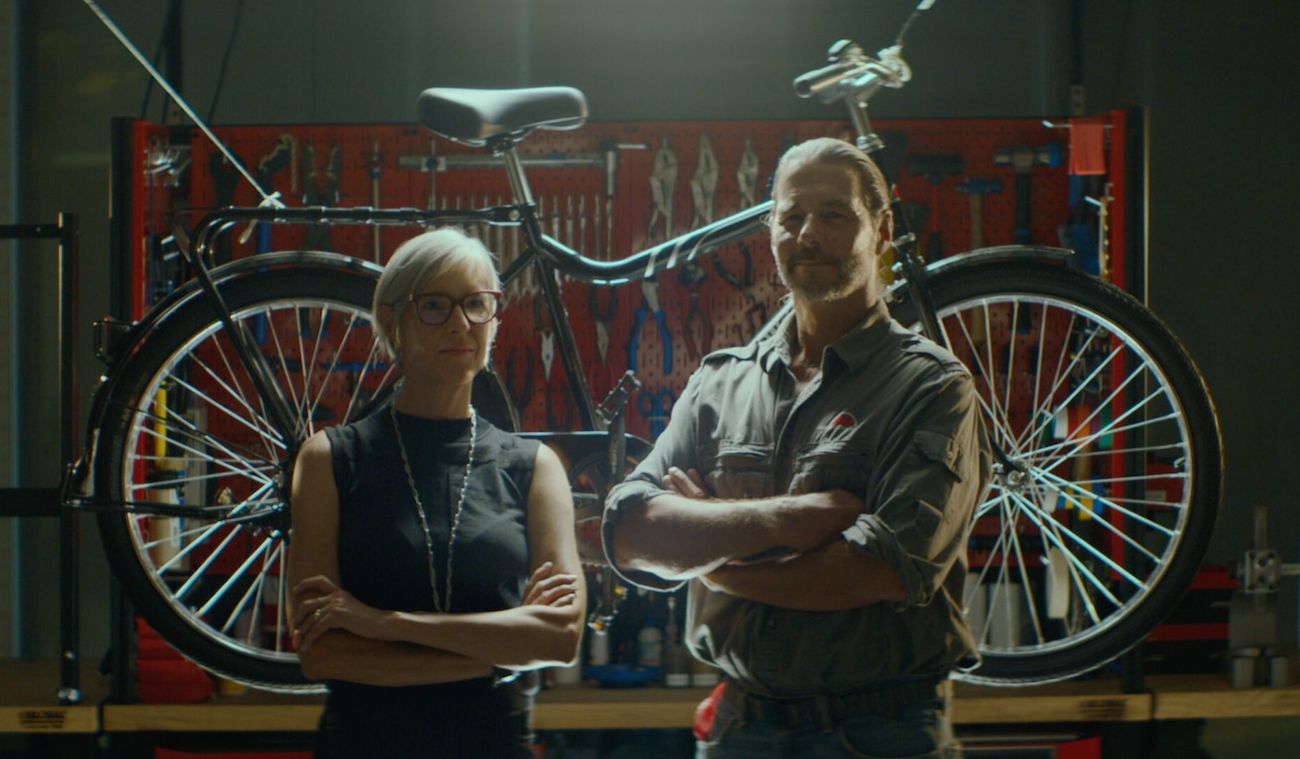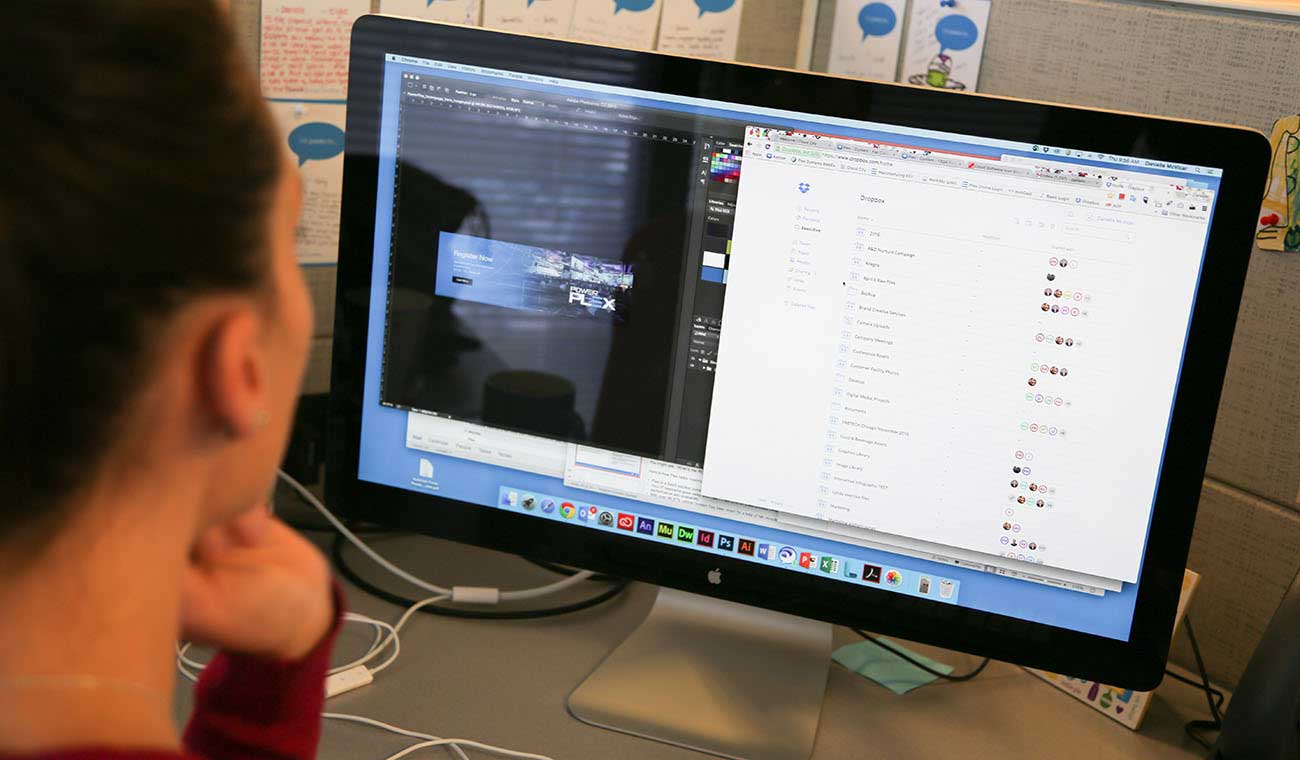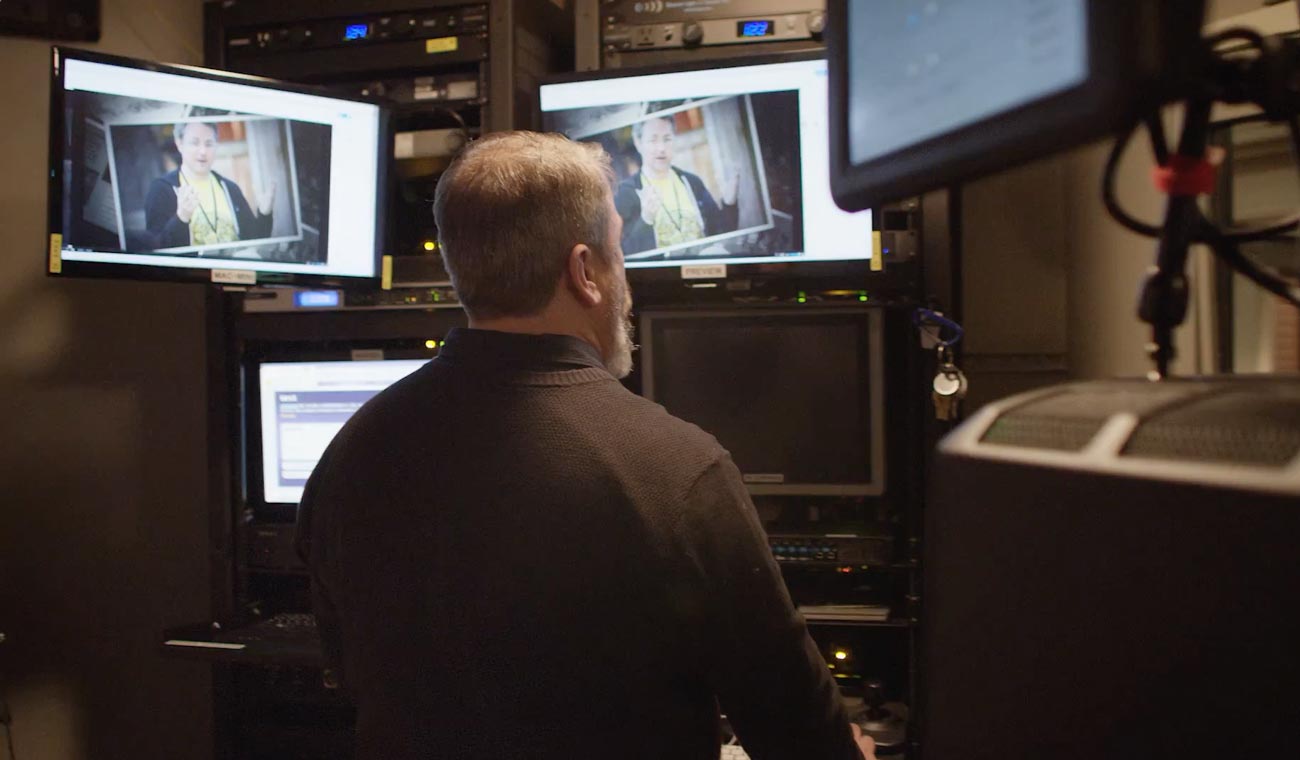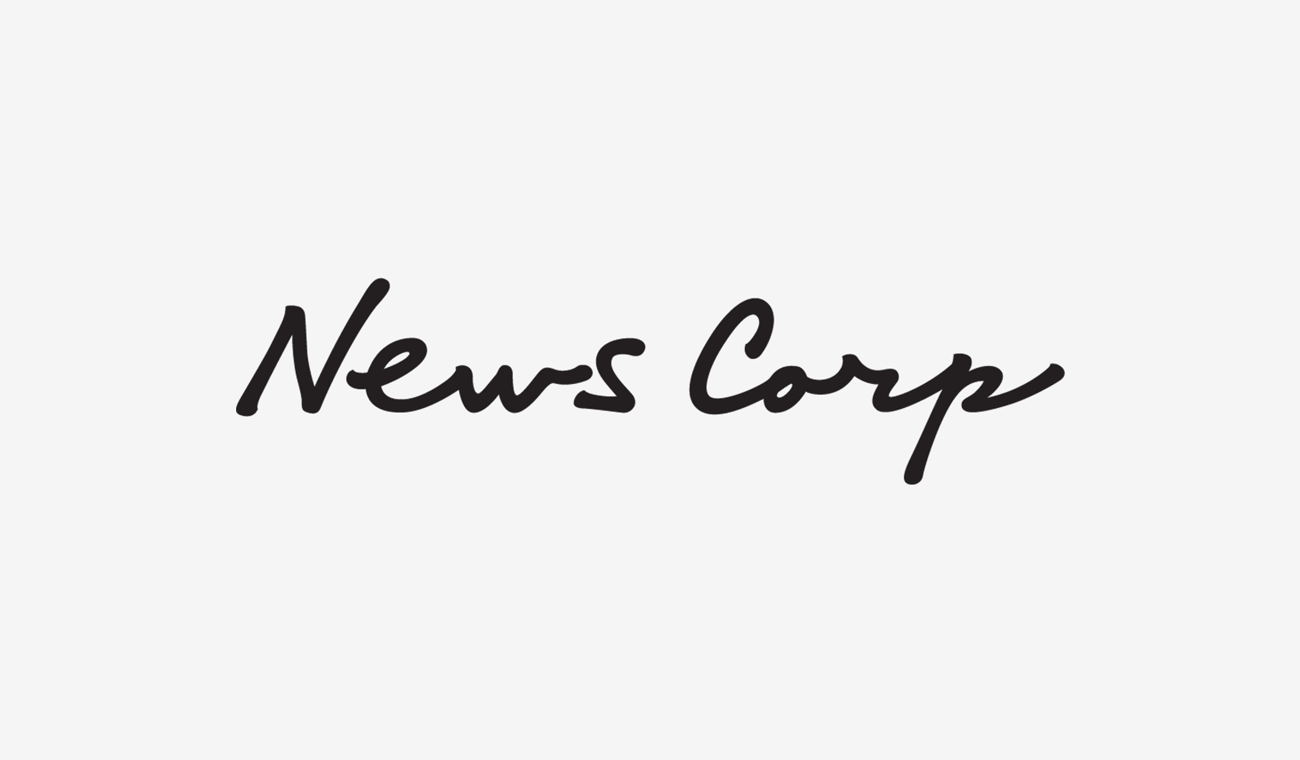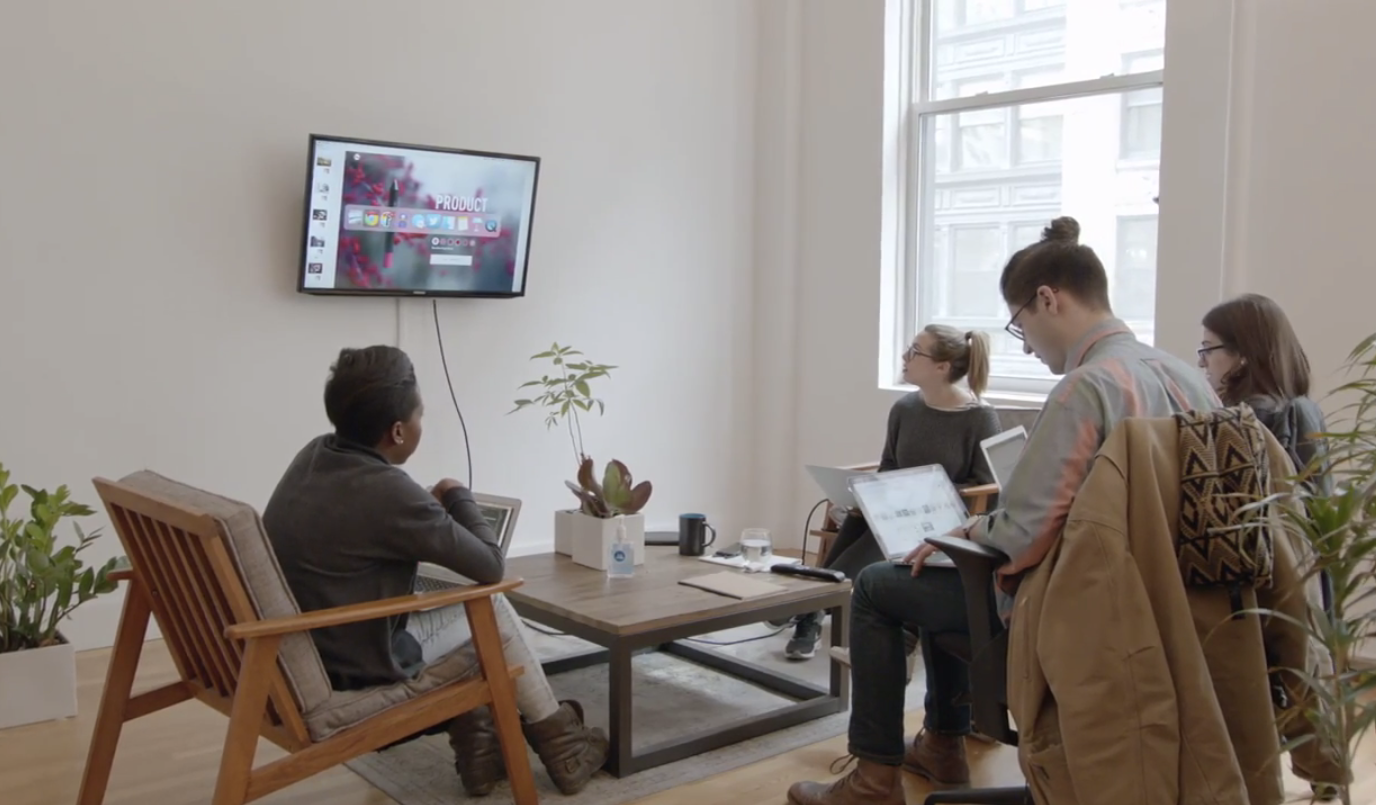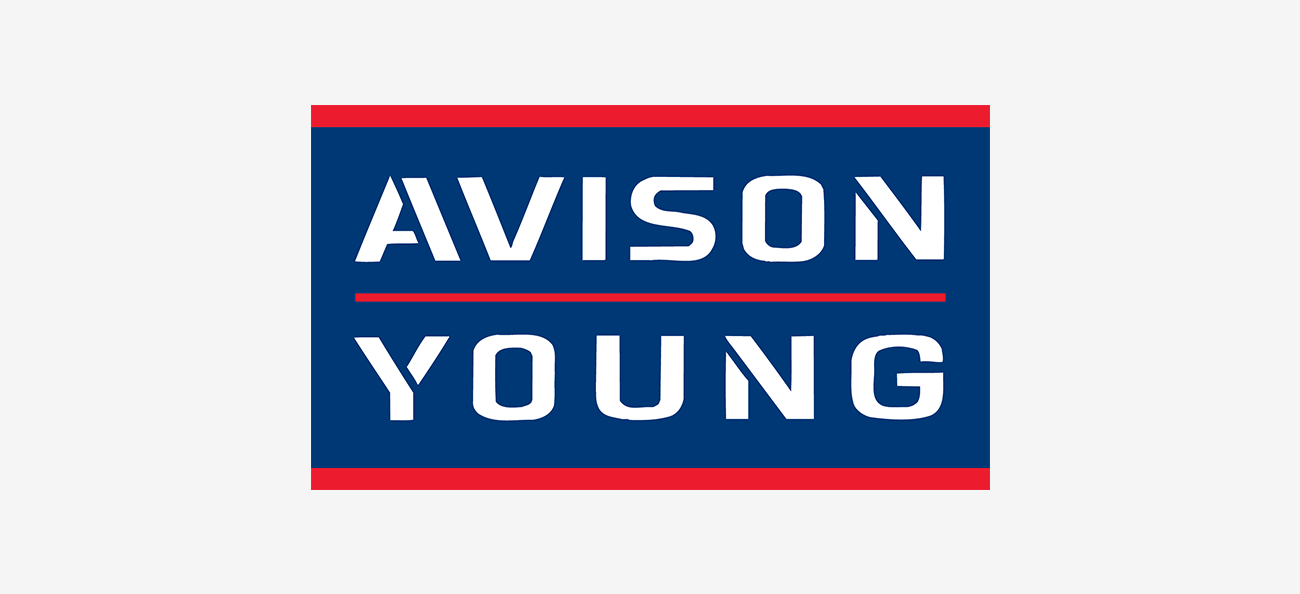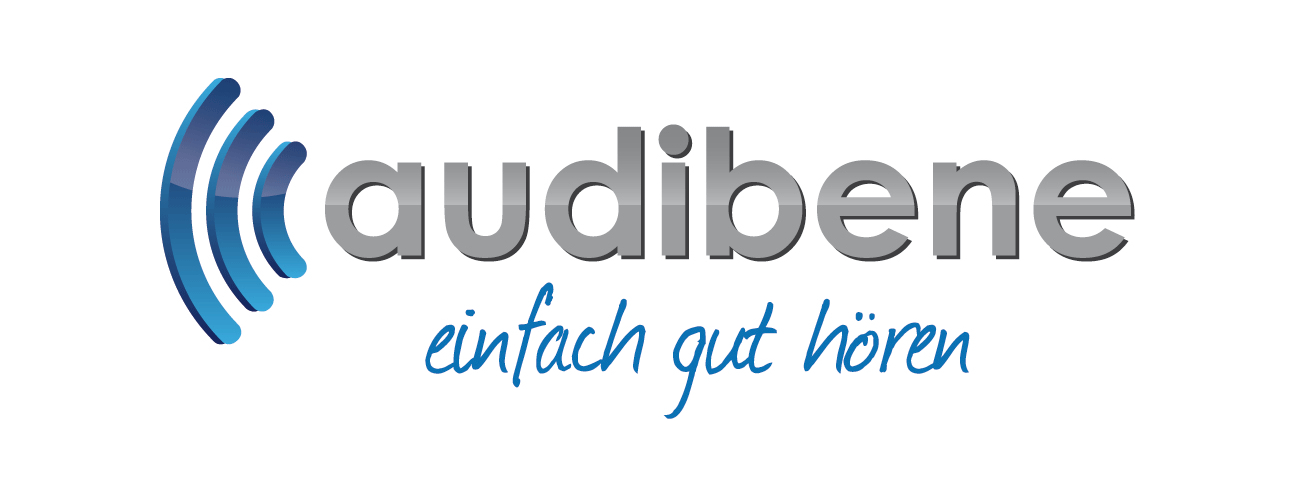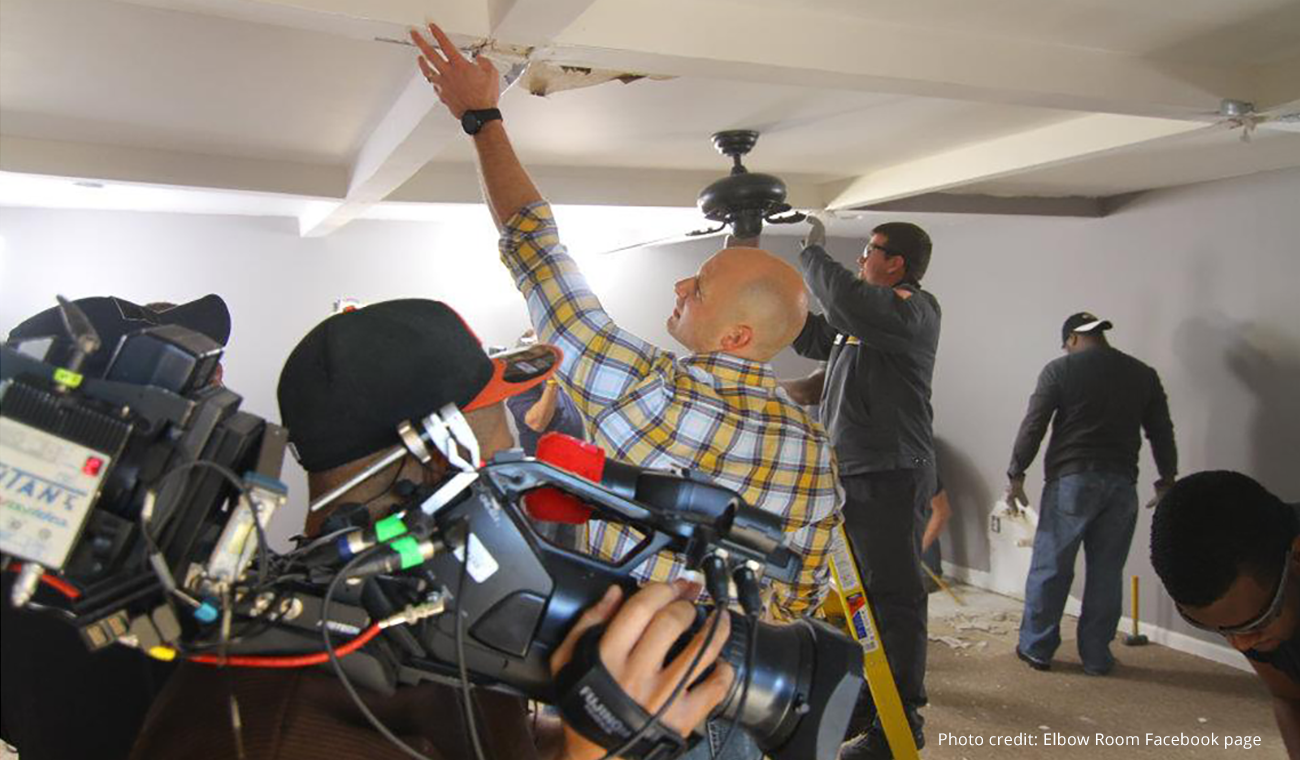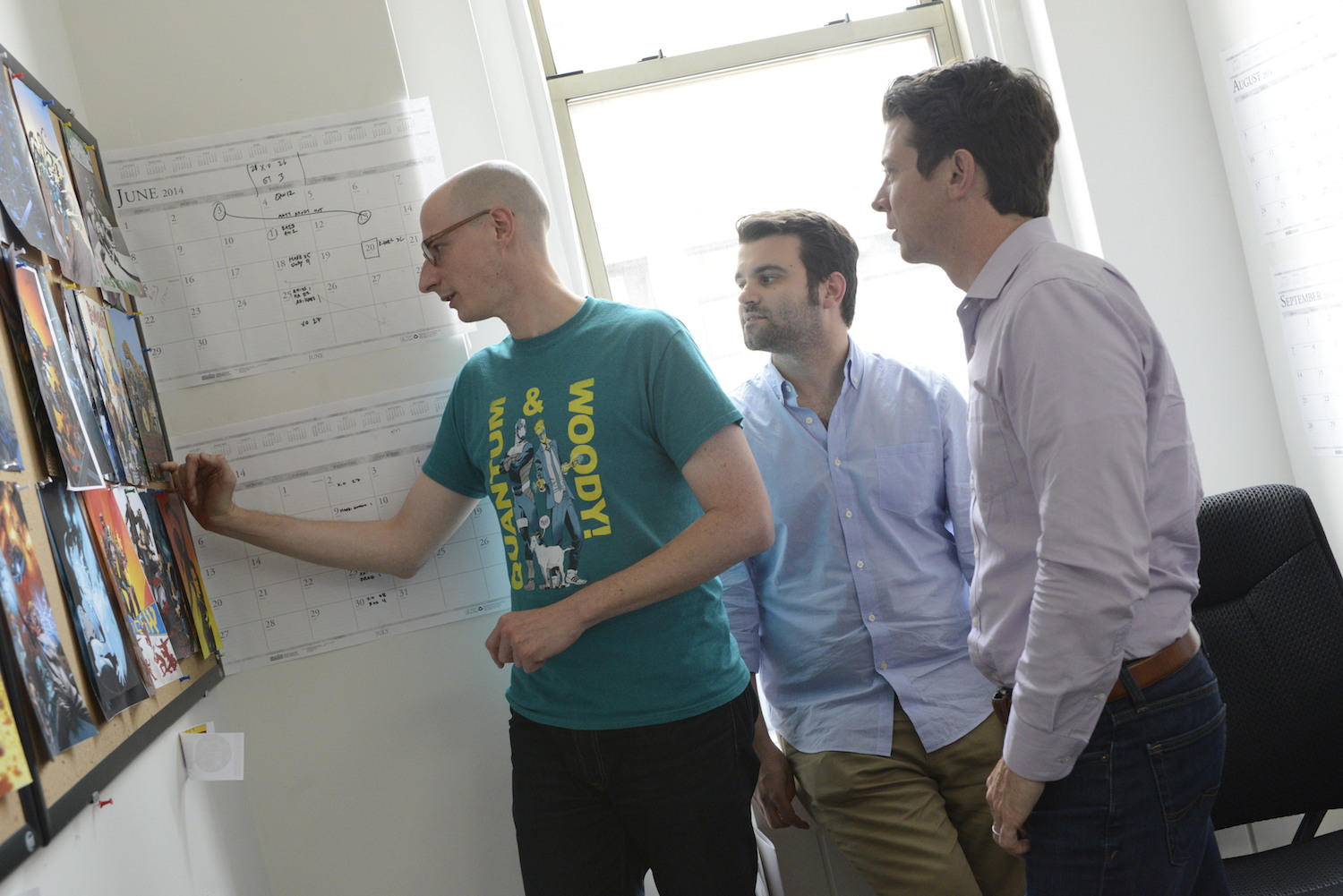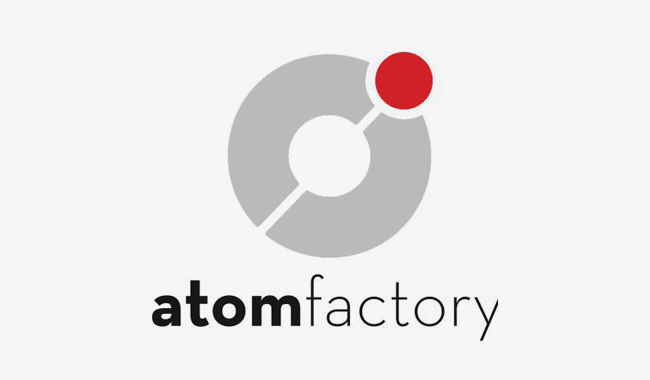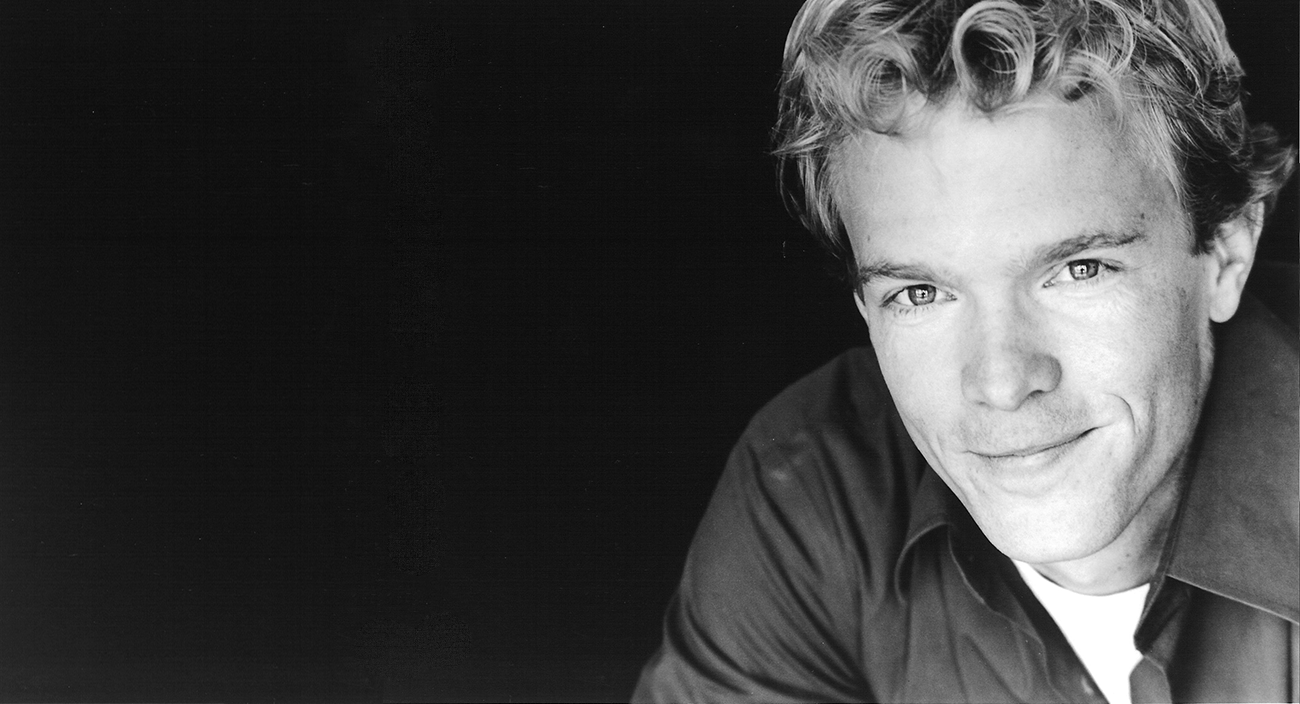
Pro tips: Film writer/director Greg Coolidge on perfecting the creative process
Published on April 03, 2015
Hollywood Renaissance man Greg Coolidge — whose many accomplishments include writing Ride Along, writing and directing Employee of the Month, and writing and executive producing The Expendables — wears many creative hats. And with help from tools like Dropbox, he never misses a moment of inspiration.
Here’s a sneak peek into his workflow and creative process, with a few tips for all you creative or media professionals out there.
1. Find a creative process that works for you, and stick to it
For Greg and his writing partner Kirk, that process combines several different tools:
It starts with iPad notes. I have an app called Paper, and I have a stylus, and it all starts there. We just start taking random notes, handwriting them with the stylus on the iPad. And we back up those notes to the Paper server and to Dropbox.
Then we switch to note cards, which we stick on the wall. There are literally at least a hundred handwritten note cards of our entire movie, and we break it all out onto the wall, scene by scene. We have this long, narrow office with four whiteboards and a bunch of paint on the walls that’s whiteboard paint. So we can write everywhere. We take photos of that note card setup and back up those photos to Dropbox.
Then we use those photos to sit down with Final Draft and start writing dialogue, plot, action, etc., putting together what’s called the “scriptment.” And because Final Draft integrates with Dropbox, it all gets saved to Dropbox every time. Once we get the draft to script form, then it’s Dropbox and Final Draft the whole way, all the way through production.

2. Be prepared for when ideas — or opportunities — strike
“Oddly enough, most of our ideas come to us when we are out of the office,” Greg said. When that happens, he typically dictates the ideas to himself on his phone, so he can revisit them later. And because everything — from the photos of the note card wall to the scriptment drafts — is saved to Dropbox, they’re always prepared when networking opportunities arise. “When we’re walking around with our phones and someone says, ‘Hey, can you send me that draft?’ We have the latest draft always available. That’s just how we live.”
3. There are no excuses anymore
The advice I would give to people that say they’re a writer or say they’re a director is ‘Do it.’ Because most people talk about it. They say, ‘I’ve been writing this script…’ and I’m like, ‘Wait a minute — this is the same idea you told me about seven years ago?’ ‘Yeah...’
I get it, writing is not easy. You’re pulling your hair out. You stare at each other for hours and hours and hours. It can be torture, even if you write the crappy stuff. Even someone who comes to you and says ‘Yeah, I had this silly idea about a monkey who wins NASCAR…’ Even those are hard. So it’s not easy, but you have to do it. Just stop talking and start doing.
We’re in the day and age where you can just go shoot stuff. When I first started in the business, back in 2000, you had to write a script and have someone read that script. And have someone like that script and push it up. Today, you can go shoot stuff on your phone. So go make stuff now. Write it, go make it.
Want to start writing your own success story? Get the tool that Greg — and 1 in 5 media professionals — use: Dropbox Pro.



